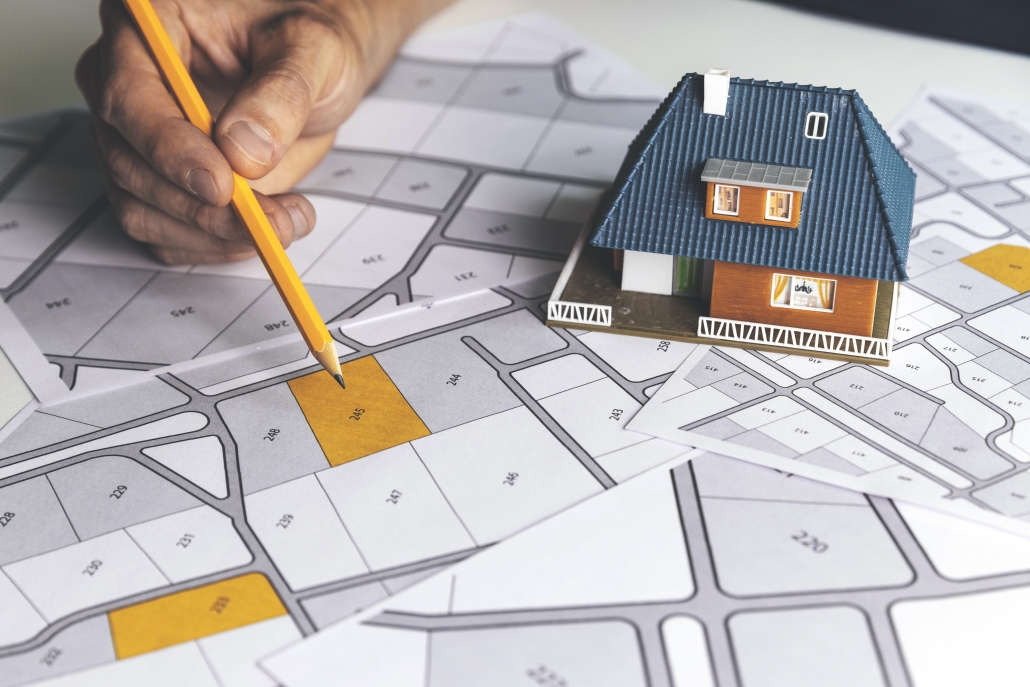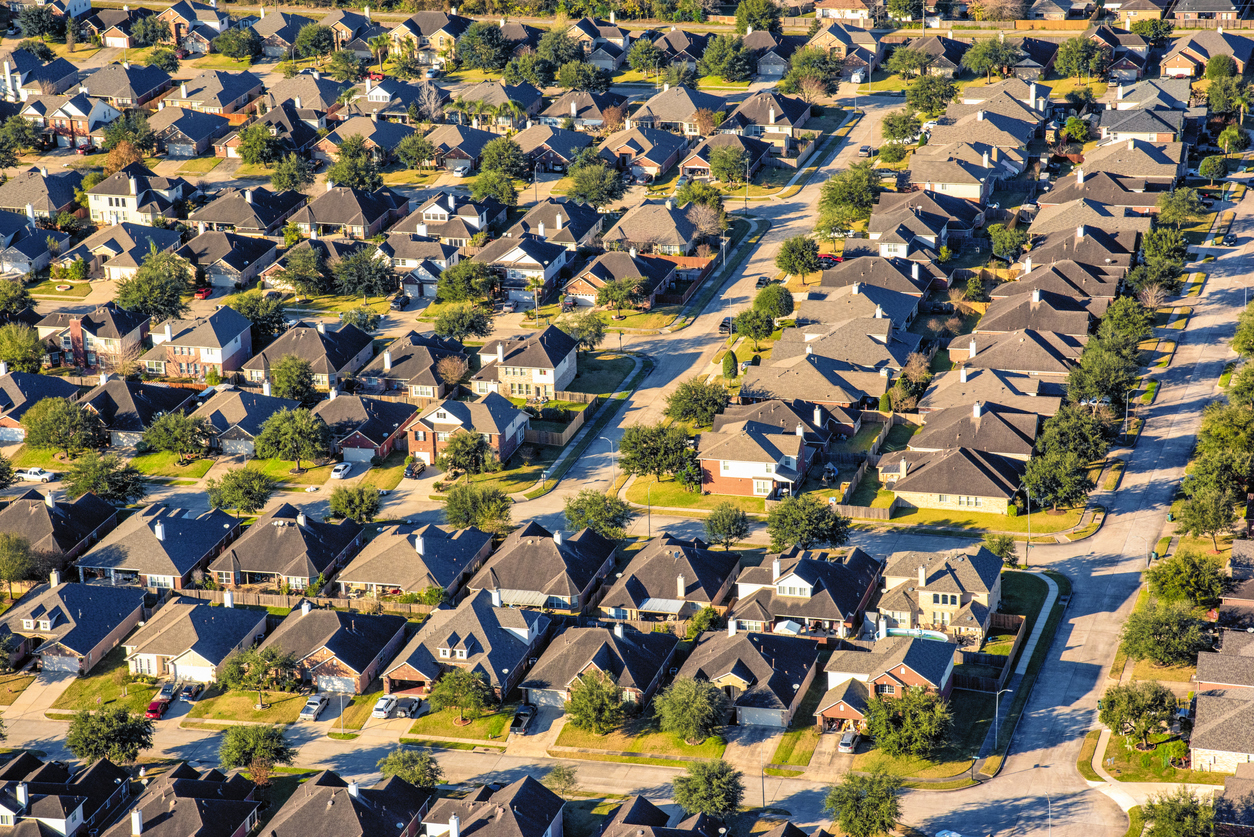How To Find Properties with Subdivision Potential
The right site can bring in great profits for property developers. It’s even more so if they subdivide a site and develop multiple properties on it.
There’s a huge potential for profit in subdividing a site. For instance, you can buy a large block of land and split it into two or three blocks to develop and sell for a massive profit.
The question is, why aren’t more property developers using this strategy?
It’s because, admittedly, subdividing a site can be complicated. But you can make it happen.
In this article, you’ll learn about the qualities to look out for in a site if you want to subdivide it. You’ll also find out the five steps to follow when looking for properties with subdivision potential.
4 Signs of a Subdivision with Good Potential
When you’re searching for properties with good subdivision potential, there are key factors to consider. Here are 4 that you shouldn’t miss:
Sign #1. Appropriate Zoning
Zoning helps you identify the type of development you’re allowed to build. It’s not just the type of property but also the size of the structure you should build, how much space to build on, etc.
For instance, in Perth, an R20 RCode means you’re only allowed to subdivide a 900 sqm lot into two. The higher the code, the more densely you can divide the lot.
The tricky part is that zoning rules vary from location to location. So, you have to consult the local council before proceeding with your development.
Sign #2. Proximity to Public Services
It’s always wise to check out the public services available on the site you want to subdivide. This includes water, electrical power, etc. It’s because settling these can cost tens of thousands in fees.
This is why you have to know the situation underground so you’re aware of what needs to be done to connect multiple properties to public services.
Sign #3. Adequate Land Size
Some local councils are very strict when it comes to land size – and they have different rules about it.
For instance, the ideal size of a house is around 300 sqm. If you think that buying 600 sqm of land is enough for you to develop two houses, that’s not true. Some local councils don’t include the driveways and easements in their set standards. So, if you intend to have a 3 x 30-metre driveway, you’ll only have roughly 500 sqm available for building a house.
That means your land won’t be enough for two houses.
Sign #4. Structural Integrity
In case you’re subdividing a property with an existing structure, make sure to check its structural integrity.
Have a professional check the walls, openings like windows and doors, floors, and even water penetration. If there are water stains, that could indicate a bigger problem in the structure. It’ll affect your development and construction costs.

5 Steps to Find a Site Suitable for a Subdivision
If you want to give subdivision a try, here are five steps you can follow to help you find a suitable site with subdivision potential.
Step #1. Choose an ideal location
Make sure the site is close to important establishments, like schools, hospitals, shopping centres, transportation hubs, employment areas, and various amenities.
If it’s not possible to have all these in a site, at least choose one where an easy commute is possible.
It will make your property development highly attractive so more people will be enticed to buy it.
Step #2. Conduct your due diligence
When you find potential sites, always conduct thorough due diligence with each one. Take the time to drive around and look at what the community can offer. What amenities are near the site? What are the neighbours like?
If you can find evidence of another successful subdivision project, that’s a good sign that your project can be successful as well.
You can also use the properties there as a reference as to what types of properties the local council usually approves.
Step #3. Assess the feasibility of the project
After doing due diligence, it’s time to check the feasibility of the project. Calculate the cost for the purchase price, stamp duty, conveyancing and site investigation, etc. Make sure you include everything – from the planning stage all the way to the building costs and commissions.
If everything passes and the project seems feasible, it’s time to move to the next step.
Step #4. Calculate the costs and make an offer
The best way to ensure your project development’s profitability is to calculate the project margin. So, do a revenue projection and deduct all the costs. Whatever’s left is your margin.
As you do this, don’t forget to consider the risks involved. Ask yourself, is the margin you’ll get an acceptable amount considering all the work you’ve done and the bulk of tasks you have yet to complete?
If everything’s good, get your funding in place and make the offer to secure the property.
Step #5. Start the subdividing process
At this point, it’s time to start building. You can expect the subdividing process to take between 3 to 18 months.
The most proactive the local council is, the fewer issues you’ll encounter in the midst of the project.
Are you Ready for a Subdivision Project?
Since subdivisions are usually large-scale projects, you can expect this strategy to require more time, money, and experience. There are a lot of factors to consider and if you miss one, it could compromise the profitability of your development.
But with the right help, you can speed up the process.
Archistar can help you easily find profitable development sites with subdivision potential – and do it up to 3x faster than other means.
This platform will give you access to a wide range of planning and zoning information. So, you can quickly find out what planning rules apply for each site you see and the feasibility of potential sites for development.
Get started for free: [https://www.archistar.ai/]


